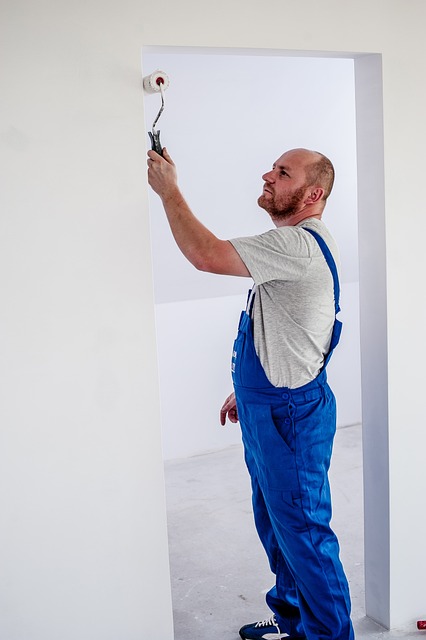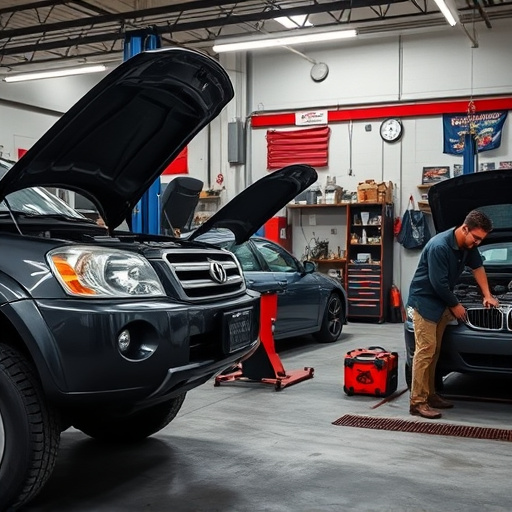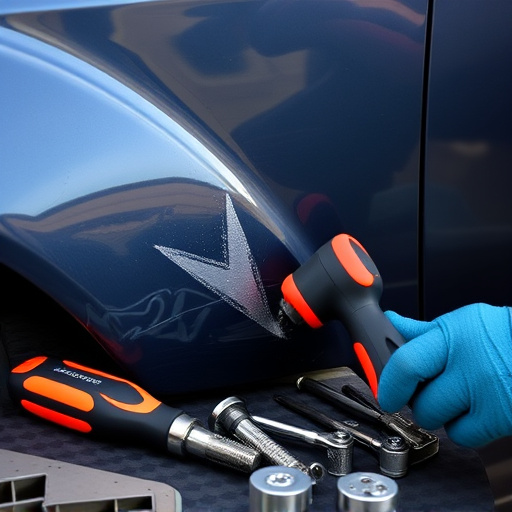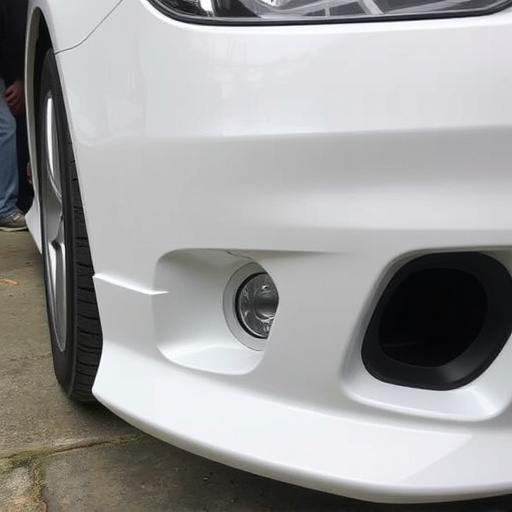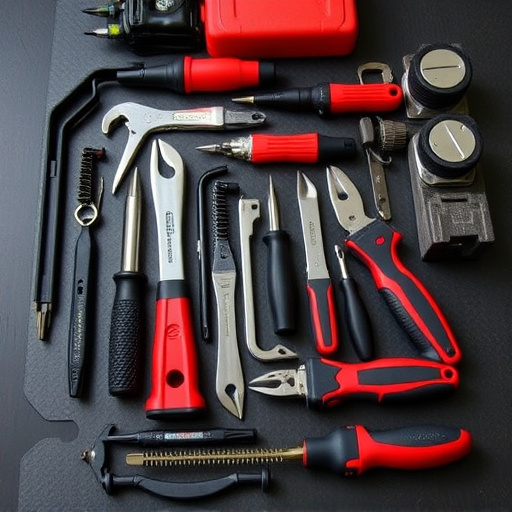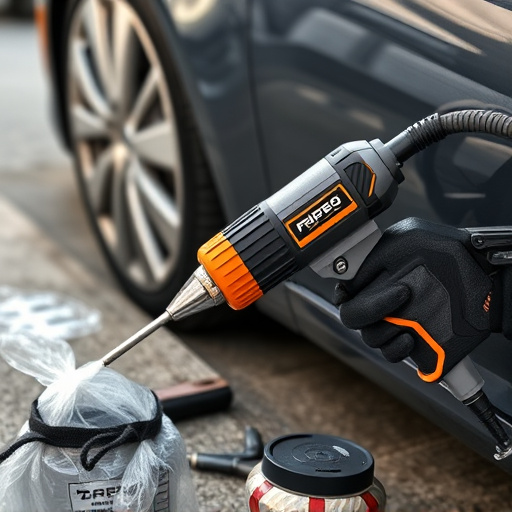Meticulous apron assembly repair in auto body shops ensures vehicle quality and customer satisfaction by addressing structural integrity, aesthetic appeal, and common challenges like misaligned panels and subpar welds through skilled technicians, advanced tools, rigorous quality control, and proper training.
In auto body shops, efficient apron assembly repair is paramount for maintaining vehicle aesthetics and structural integrity. This article delves into the intricate processes behind apron assembly repairs, offering a comprehensive guide for professionals. We explore effective quality control measures to ensure optimal outcomes. Additionally, we highlight common issues and strategic prevention methods, providing valuable insights for mastering apron assembly repair techniques. By understanding these key aspects, shops can elevate their standards and deliver superior craftsmanship.
- Understanding Apron Assembly Repair Processes
- Quality Control Measures for Optimal Results
- Common Issues and Prevention Strategies
Understanding Apron Assembly Repair Processes

Apron assembly repair is a critical component of auto body shop operations, ensuring that every vehicle leaving their facility meets high-quality standards. This meticulous process involves reassembling and reinforcing the apron area—a crucial structural element in vehicles. It’s not just about fixing the visible parts; it encompasses intricate procedures to realign, reinforce, and restore the apron to its original integrity.
Understanding apron assembly repair processes is vital in the automotive body work sector, especially with emerging techniques like paintless dent repair. These repairs require skilled technicians who can expertly handle metal manipulation and precision adjustments. By focusing on both functional and aesthetic aspects, auto body shops guarantee not just a visually appealing vehicle but also one that performs optimally during future driving conditions, thus promoting customer satisfaction and safety in the long run.
Quality Control Measures for Optimal Results

In auto body shops, meticulous quality control during apron assembly repair is paramount to ensuring optimal results and customer satisfaction. This involves stringent inspections at every stage of the repair process. Skilled technicians meticulously examine the aprons for any signs of damage, misalignment, or subpar materials. Advanced tools and equipment are employed to verify measurements and ensure proper fitment, guaranteeing a seamless integration with the vehicle body shop’s overall repair structure.
Implementing rigorous quality control measures not only enhances the aesthetics but also strengthens the structural integrity of the repaired aprons. This meticulous approach extends the lifespan of the components, ensuring they withstand the rigors of daily use. By prioritizing these practices, auto body shops can offer superior car repair services and tire services, fostering customer trust and loyalty in the process.
Common Issues and Prevention Strategies

In the fast-paced environment of auto body shops, apron assembly repair is a critical aspect of ensuring top-quality car bodywork and auto body repairs. Common issues that arise during this process include misaligned panels, poor weld quality, and inconsistent paint finish. These problems can be attributed to various factors such as inadequate training, rushed work, or substandard materials.
To prevent these issues, auto body shops should emphasize comprehensive training programs for their staff, ensuring they understand the intricacies of apron assembly repair. Utilizing high-quality tools and materials is also paramount. Regular quality control checks at each stage of the repair process can help identify and rectify problems early on, leading to more precise and durable auto body work.
Apron assembly repair is a critical process in auto body shops, ensuring vehicle aesthetics and structural integrity. By implementing robust quality control measures, shops can achieve consistent, high-quality results. Understanding common issues and adopting preventive strategies are essential to minimize errors and maximize efficiency. With the right approach, auto body shops can elevate their apron assembly repair standards, ultimately contributing to customer satisfaction.

